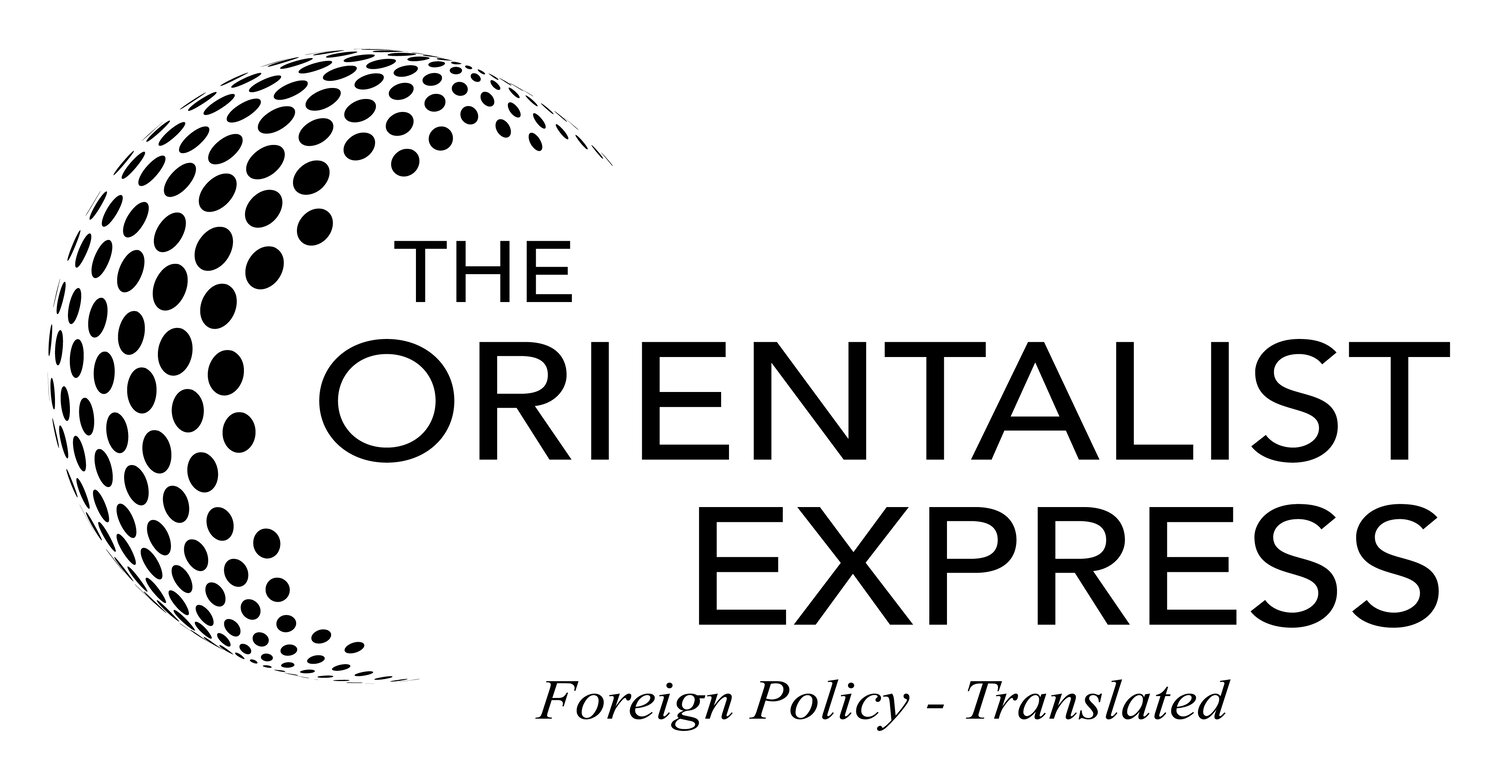"Diplomacy is fundamentally working with people, bringing people together to deal with difficult issues." - John Roos, former U.S. Ambassador to Japan
Can't We All Just Get Along? (probably not)
Tensions have spiked in recent days between two of the Middle East's dominant powers: Saudi Arabia and Iran. When Saudi Arabia executed a prominent Shia cleric named Nimr al-Nimr (along with 46 others) last week for peacefully protesting the government's discrimination against its Shia population, many Iranians responded by setting fire to the Saudi embassy in Tehran, Iran. And in response to the torching of its embassy, Saudi Arabia formally severed diplomatic ties to Iran (Bahrain and Sudan, being close allies, also followed suit). This is essentially the international relations equivalent to giving a country the silent treatment. But this behavior between the two countries is hardly new. As we will examine this week, the Saudi-Iranian rivalry goes back much longer than just the past couple of years.
First of all, this is about much more than just the Sunni-Shia religious divide in Islam. Though Saudi Arabia likes to proclaim itself as the champion of Sunni Islam and Iran does the same for Shia Islam, many Muslims do not look to these regional powers as the embodiment of religious piety. This dispute has much more to do with the dynamics of nation-state power. Both countries have large amounts of wealth, resources, and regional power. Given their very close proximity, it is understandable that the interests of these two nations would inevitably clash. Like France and Britain before the First World War, Saudi Arabia and Iran are looking to be the uncontested leaders of the region. However, things weren't always so dramatic across the Persian Gulf.
For part of the 1960s and 1970s, Iran and Saudi Arabia had modestly friendly relations. During this time, Iran was ruled by the American-backed Shah Mohammad Reza Pahlavi. Both nations enjoyed very favorable relations with the United States and even cooperated on a few regional issues. However, as with so many things in the Middle East, this fundamentally changed following the 1979 Revolution in Iran. The new (and extremely fundamentalist) regime was radically opposed to Saudi Arabia (and the United States as well), and relations quickly fell apart as the revolution continued to intensify in Iran.
Iranian Revolution: Ruining Everyone's Plans Since 1979
These problems were magnified greatly during the outbreak of the Iran-Iraq war in 1980. Iraq (being a fellow Sunni nation) enjoyed billions of dollars in monetary and weapons support from Saudi Arabia in its vicious war with Iran. Iran threatened retaliation against Saudi Arabia multiple times (and even laid mines throughout the Persian Gulf to destroy Saudi tanker ships). Incidents like the killing of over 400 Shia Muslims during a demonstration at the 1987 Hajj in Mecca didn't help the situation either. Though their mutual condemnation of Iraq's invasion of Kuwait in 1990 helped improve relations somewhat, Saudi Arabia and Iran never fully regained the cooperation they once enjoyed.
Eight Years Of War and Hundreds Of Thousands Of Casualties Later, Almost Nothing Changed
Today, the Iran-Saudi Arabia rivalry is reaching another critical low point. In Yemen, Saudi Arabia has been directly targeting the Shia Houthi rebels who took over much of the country last year. These rebels, though not complete puppets of the Iranian government, still enjoy a substantial amount of support from Iran in its effort to create a friendly Shia government in Yemen. The two are also at odds in Syria and Iraq. Though both nations claim to be against ISIS, they each support a different faction in the region and are both looking to install weak (and friendly) governments so each can further their own influence in the region.
So what does this all mean for the future of the Middle East? It is difficult to say this early if the severing of diplomatic ties is a temporary reaction to recent events or a long-term signal of extremely strained relations. Still, many are worried that this issue could derail the (lukewarm) support these two nations have provided for diplomatic efforts to resolve regional crises like those in Yemen, Syria, and Iraq. Further complicating things, Saudi Arabia has also expressed concerns about the recent deal surrounding Iran's nuclear research program. But it should be noted that this has less to do with the fear of Iran obtaining a weapon (since the deal makes that extremely difficult within the next fifteen years), and instead has much more to do with the regional power Iran can gain through the lifting of trade sanctions. But all of this doesn't mean Saudi Arabia and Iran are on the brink of war by any means. Though each will continue to subvert the influence of the other, both nations know that full-scale war usually creates more problems than it solves.
We All Know How Annoying Trade Sanctions Can Be
In all, Saudi and Iranian relations have hit a recent low point, but this is hardly a new development. The behavior of each nation means that we are still very far apart from seeing a cooling of tensions or the establishment of friendly relations. So long as Saudi Arabia continues to export its radical Salafi ideologies to subvert Iran, and so long as Iran's government remains packed with radicals and hardliners, the situation will likely continue to deteriorate. The difficulty will be in reminding both nations that the other isn't going to go away anytime soon, and convincing each nation to abandon their radical agendas for regional power. Without this, lasting peace and stability is impossible. Perhaps the United States can play a role in resolving this, but we ought to be careful not to get dragged too far down into the maelstrom of the Saudi-Iranian conflict.
TL;DR: Saudi Arabia and Iran have vastly different interests in the Middle East. This conflict is escalating, but is unlikely to break out into armed aggression.





